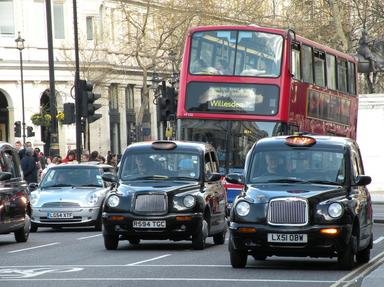Quiz Answer Key and Fun Facts
1. Any size engine can be used in a kit car
2. Is it a requirement by law to wear a crash helmet in a kit car?
3. What are the majority of kit car bodies made from?
4. Do you have to be a car mechanic to build a kit car?
5. What number is associated with certain types of kit cars?
6. By law do you have to have a roll bar?
7. All newly-built kit cars require an inspection and other tests to make sure the vehicle meets the necessary standards. What is the name of this test?
8. Some kit car builders use motorcycle engines instead of car engines. What is the main reason for using this type of engine?
9. Why are the majority of kit car vehicles equipped with relatively small fuel tanks?
10. What is the most common type of seat belts in a kit car?
Source: Author
Lord_Digby
This quiz was reviewed by FunTrivia editor
stedman before going online.
Any errors found in FunTrivia content are routinely corrected through our feedback system.
